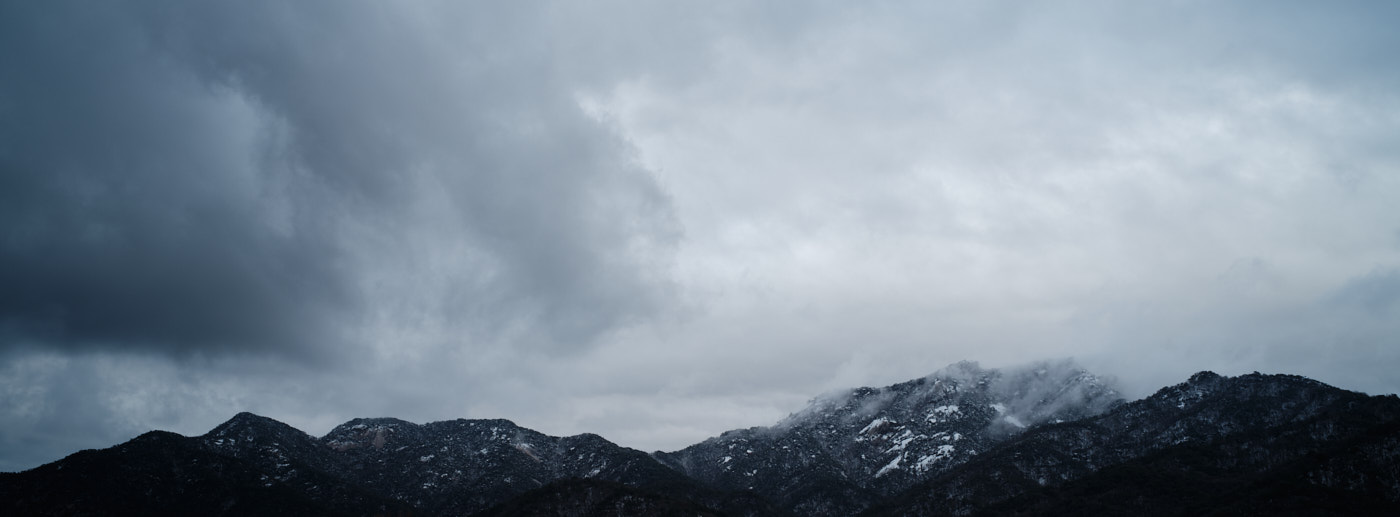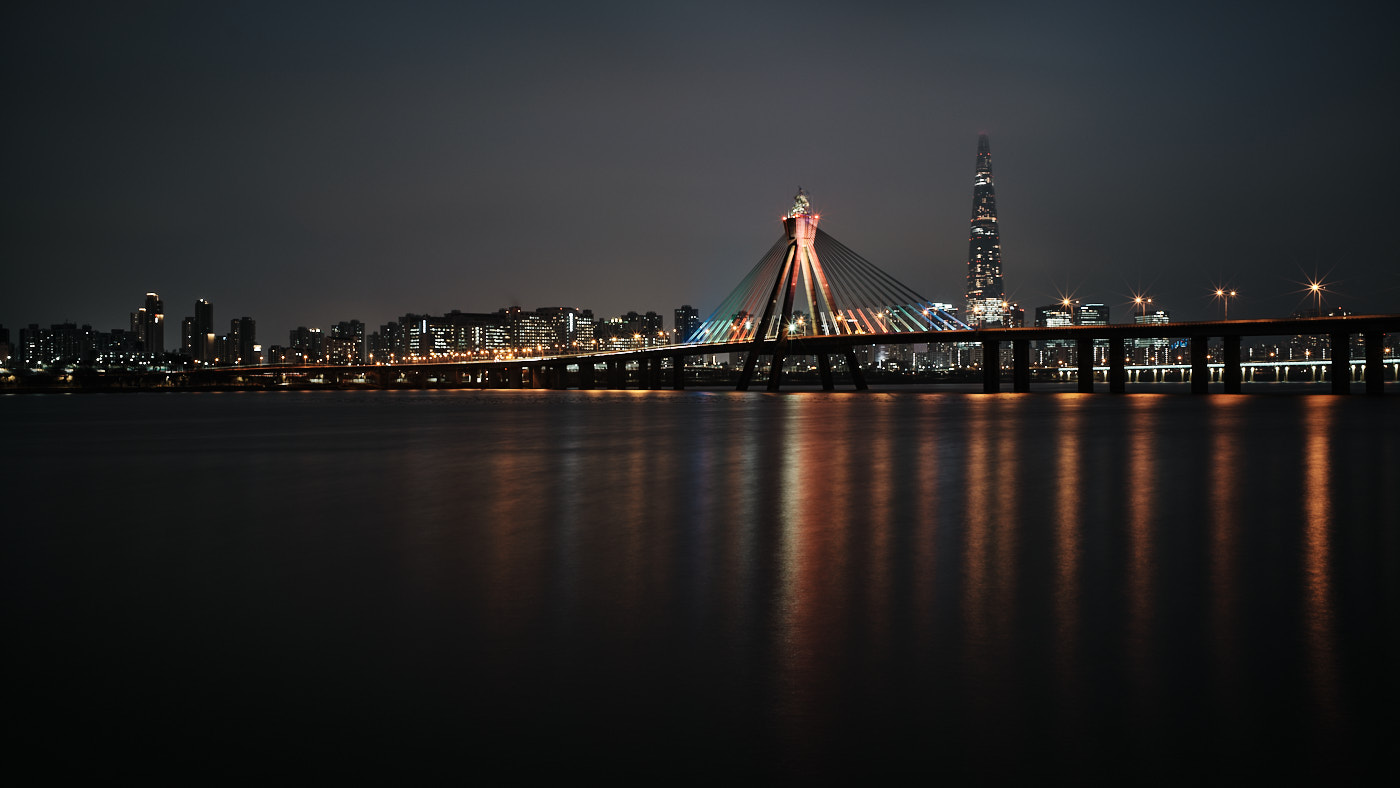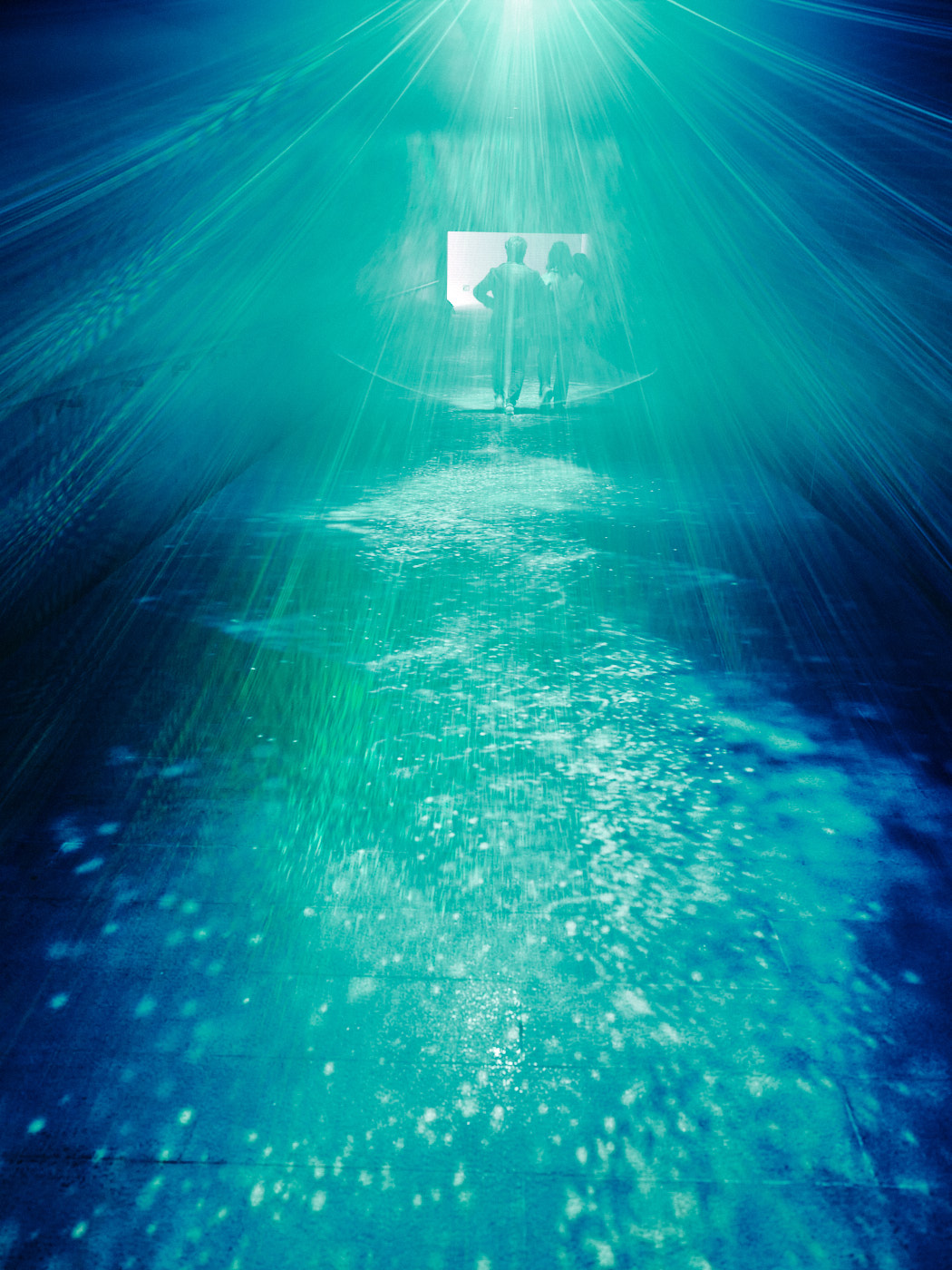Fujifilm has undoubtedly changed the landscape when it comes to medium format digital photography. It was not too long ago that the most affordable option for medium format was the large, heavy, albeit extremely capable, Pentax system. While it was considerably cheaper than options such as those from Hasselblad and Phase One, it was still bulky and heavy. With the release of the GFX 50S, Fujifilm began changing all facets of what it meant to get into digital medium format photography.
Perhaps still the most prohibitive aspect of the GFX system, however, is the cost and bulk of the native GF lenses. Lenses with fast apertures and autofocus that cover sensors like the GFX necessarily require a lot of glass and complex formulas to perform well. This has led many people to buy into the GFX body but opt to adapt lenses from smaller formats to the system for reasons such as cost, size, weight, and even rendering. Many of these adapted lenses produce quite good results, although maybe not quite what the native GF lenses do.
A few months ago, AstrHori (formerly Rockstar) offered to send me a copy of their brand new M mount lens, the 40mm f/5.6. The email claimed that the lens would cover the GFX sensor and cost only $249. On top of that, they provided an MTF chart that was absolutely ludicrous! I could hardly believe it. Honestly, a $249 lens for the X system is a great deal and might seem suspect, but for the GFX system? This I had to try for myself.
The very first thing I did with this lens was a quick ‘brick wall’ test to see how much detail was rendered and how much distortion might be present in such a tiny, simple lens. To my absolute surprise, the lens was sharp from corner to corner, even wide open, and there was no visible distortion. So, it was time to get out and play.

Even wide open, the 40mm f/5.6 performs exceptionally well and renders detail from corner to corner.
The first thing with working with a lens like this is that you’ll need to find your preferred manual-focus-assist tool. For me, this actually ended up meaning turning off all the assist tools and just working with the full image in the viewfinder. I found that focus peaking, my usual preferred method for wide-aperture lenses, was more distracting than helpful with this lens. Being quite a wide field of view and having such a narrow maximum aperture, it is easy enough to simply get the focus in the ballpark and know that everything will be fine. From time to time, I found myself punching in with the rear dial if my subject was small in the frame and I wanted to really nail focus, but otherwise, it was just a case of getting the focus ring roughly in place and finessing a little if needed.
While you don’t get any of the bells and whistles, like weather-resistant construction, that you do with the vastly more refined GF lenses, the AstrHori lens is remarkably well built and feels very solid in the hand. I had no issues at all taking it out in a snowstorm and just ensuring I wiped it down from time to time. Setting the aperture to around f/11 and the focus close to infinity, I was able to simply pull the camera out from under my shirt, make a few compositions, and put it away again without getting anything too wet.
When the AstrHori lens is stopped down, the five, dead-straight, aperture blades come into view. My first thought was: “Sun stars!” So, I took the lens down to the Han River here in Seoul for some quick night shots. Detail holds up surprisingly well at night as well, with no coma in sight to ruin the beautiful pin lights and no chromatic aberration to mar the high contrast edges of the cityscape. On top of that, the aperture produces gorgeous sharp-edged sun stars from city lights.
Image quality is definitely excellent at its core but, of course, the lens doesn’t have all the modern coatings that we have become used to with Fujifilm’s native lenses. So, you will find some significant flare and ghosting with bright light sources as they get near the edges of the frame. As long as you’re careful, or don’t mind that sort of thing, it’s not really worth worrying about. For those interested in a more in-depth look at the technical qualities of the lens, I have a video on my YouTube channel.
Perhaps the best thing about this lens for me was its versatility. Converted to 35mm full-frame format, the focal length sits right between the classic all-rounders of 28 and 35mm. This makes it an excellent walk-around lens for my style of work and it has found an almost permanent place in my bag when I’m working with the GFX. I’ve used it for landscape, street and even on a commercial job when I needed just a little wider field of view than my GF45-100mmF4 offers.
I’ve really enjoyed working with this lens so far, but who do I think it is for?
























